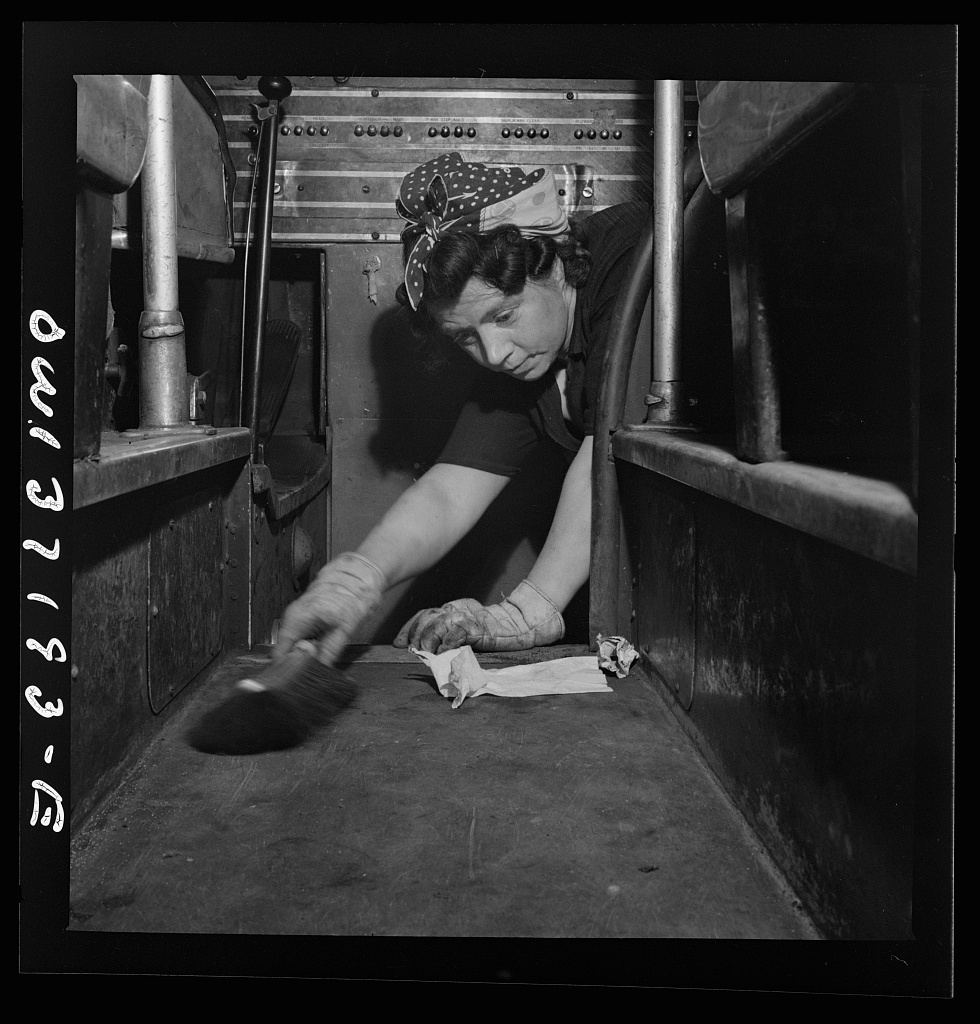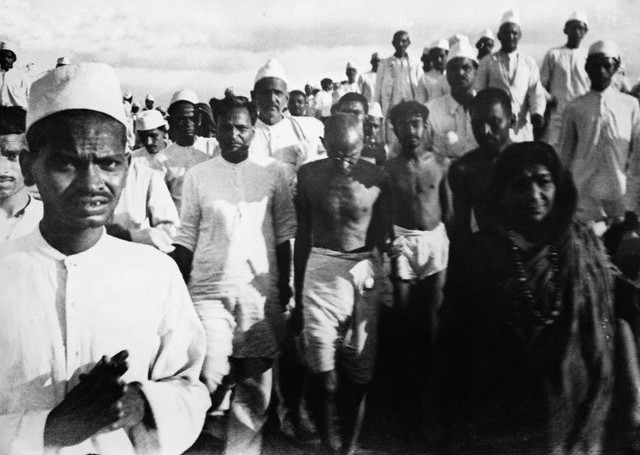|
The Good Soldier Švejk
''The Good Soldier Švejk'' () is an unfinished satirical dark comedy novel by Czech writer Jaroslav Hašek, published in 1921–1923, about a good-humored, simple-minded, middle-aged man who pretends to be enthusiastic to serve Austria-Hungary in World War I. ''The Good Soldier Švejk'' is the abbreviated title; the original Czech title of the work is ''Osudy dobrého vojáka Švejka za světové války'', literally ''The Fateful Adventures of the Good Soldier Švejk During the World War''. The book is the most translated novel of Czech literature, having been translated into over 50 languages. Publication Hašek originally intended ''Švejk'' to cover a total of six volumes, but had completed only three (and started on the fourth) upon his death from heart failure on January 3, 1923. The novel as a whole was originally illustrated (after Hašek's death) by Josef Lada and more recently by Czech illustrator Petr Urban. The volumes are: # ''Behind the Lines'' (''V zázemí' ... [...More Info...] [...Related Items...] OR: [Wikipedia] [Google] [Baidu] |
Jaroslav Hašek
Jaroslav Hašek (; 1883–1923) was a Czech writer, humorist, satirist, journalist, bohemian and anarchist. He is best known for his novel '' The Fate of the Good Soldier Švejk during the World War'', an unfinished collection of farcical incidents about a soldier in World War I and a satire on the ineptitude of authority figures. The novel has been translated into about 60 languages, making it the most translated novel in Czech literature. Life Jaroslav Hašek's paternal ancestors were farmers rooted in Mydlovary in South Bohemia. Hašek's grandfather from his father's side, František Hašek, was a member of the Czech Landtag and later also the so-called Kromeriz convention. He was also involved in barricade fights in Prague in 1848. According to some rumors, he worked with Mikhail Bakunin during his stay in Bohemia in 1849. The family of his mother, Katherine, née Jarešová, was also from South Bohemia. His grandfather Antonín Jareš and his great-grandfath ... [...More Info...] [...Related Items...] OR: [Wikipedia] [Google] [Baidu] |
Translation
Translation is the communication of the meaning of a source-language text by means of an equivalent target-language text. The English language draws a terminological distinction (which does not exist in every language) between ''translating'' (a written text) and ''interpreting'' (oral or signed communication between users of different languages); under this distinction, translation can begin only after the appearance of writing within a language community. A translator always risks inadvertently introducing source-language words, grammar, or syntax into the target-language rendering. On the other hand, such "spill-overs" have sometimes imported useful source-language calques and loanwords that have enriched target languages. Translators, including early translators of sacred texts, have helped shape the very languages into which they have translated. Because of the laboriousness of the translation process, since the 1940s efforts have been made, with varying degrees o ... [...More Info...] [...Related Items...] OR: [Wikipedia] [Google] [Baidu] |
Charwoman
A charwoman (also chargirl, charlady or char) is an old-fashioned occupational term, referring to a paid part-time worker who comes into a house or other building to clean it for a few hours of a day or week, as opposed to a maid, who usually lives as part of the household within the structure of domestic service. A charwoman might work independently, often for cash in hand, or might come through an employment agency. Before 1960, the term "charwoman" was used as an official job title by government agencies in the United States, including municipal and state governments and by federal agencies such as the Department of Commerce and Labor, the Bureau of the Census, and the Bureau of Immigration. Charwomen have also sometimes been referred to as "scrubwomen". The word has the same root as "chore woman", one hired to do odd chores around the house. In British English, "cleaner" is now used much more often. In American English, the term "maid" is often used for any woman w ... [...More Info...] [...Related Items...] OR: [Wikipedia] [Google] [Baidu] |
2015 Przemyśl, Pomnik Józefa Szwejka Na Rynku
Fifteen or 15 may refer to: *15 (number), the natural number following 14 and preceding 16 *one of the years 15 BC, AD 15, 1915, 2015 Music * Fifteen (band), a punk rock band Albums * ''15'' (Buckcherry album), 2005 * ''15'' (Ani Lorak album), 2007 * ''15'' (Phatfish album), 2008 * ''15'' (mixtape), a 2018 mixtape by Bhad Bhabie * ''Fifteen'' (Green River Ordinance album), 2016 * ''Fifteen'' (The Wailin' Jennys album), 2017 * ''Fifteen'', a 2012 album by Colin James Songs * "Fifteen" (song), a 2008 song by Taylor Swift *"Fifteen", a song by Harry Belafonte from the album '' Love Is a Gentle Thing'' *"15", a song by Rilo Kiley from the album ''Under the Blacklight'' *"15", a song by Marilyn Manson from the album ''The High End of Low'' *" The 15th", a 1979 song by Wire Other uses * Fifteen, Ohio, a community in the United States * ''15'' (film), a 2003 Singaporean film * ''Fifteen'' (TV series), international release name of ''Hillside'', a Canadian-American teen drama ... [...More Info...] [...Related Items...] OR: [Wikipedia] [Google] [Baidu] |
Assassination In Sarajevo
Archduke Franz Ferdinand of Austria, heir presumptive to the Austro-Hungarian throne, and his wife, Sophie, Duchess of Hohenberg, were assassinated on 28 June 1914 by Bosnian Serb student Gavrilo Princip. They were shot at close range while being driven through Sarajevo, the provincial capital of Bosnia-Herzegovina, formally annexed by Austria-Hungary in 1908. Princip was part of a group of six Bosnian assassins together with Muhamed Mehmedbašić, Vaso Čubrilović, Nedeljko Čabrinović, Cvjetko Popović and Trifko Grabež coordinated by Danilo Ilić; all but one were Bosnian Serbs and members of a student revolutionary group that later became known as Young Bosnia. The political objective of the assassination was to free Bosnia and Herzegovina of Austria-Hungarian rule and establish a common South Slav (" Yugoslav") state. The assassination precipitated the July Crisis which led to Austria-Hungary declaring war on Serbia and the start of World War I. The assassinati ... [...More Info...] [...Related Items...] OR: [Wikipedia] [Google] [Baidu] |
Prague
Prague ( ; cs, Praha ; german: Prag, ; la, Praga) is the capital and List of cities in the Czech Republic, largest city in the Czech Republic, and the historical capital of Bohemia. On the Vltava river, Prague is home to about 1.3 million people. The city has a temperate climate, temperate oceanic climate, with relatively warm summers and chilly winters. Prague is a political, cultural, and economic hub of central Europe, with a rich history and Romanesque architecture, Romanesque, Czech Gothic architecture, Gothic, Czech Renaissance architecture, Renaissance and Czech Baroque architecture, Baroque architectures. It was the capital of the Kingdom of Bohemia and residence of several Holy Roman Emperors, most notably Charles IV, Holy Roman Emperor, Charles IV (r. 1346–1378). It was an important city to the Habsburg monarchy and Austro-Hungarian Empire. The city played major roles in the Bohemian Reformation, Bohemian and the Protestant Reformations, the Thirty Year ... [...More Info...] [...Related Items...] OR: [Wikipedia] [Google] [Baidu] |
Catholic Church
The Catholic Church, also known as the Roman Catholic Church, is the largest Christian church, with 1.3 billion baptized Catholics worldwide . It is among the world's oldest and largest international institutions, and has played a prominent role in the history and development of Western civilization. O'Collins, p. v (preface). The church consists of 24 ''sui iuris'' churches, including the Latin Church and 23 Eastern Catholic Churches, which comprise almost 3,500 dioceses and eparchies located around the world. The pope, who is the bishop of Rome, is the chief pastor of the church. The bishopric of Rome, known as the Holy See, is the central governing authority of the church. The administrative body of the Holy See, the Roman Curia, has its principal offices in Vatican City, a small enclave of the Italian city of Rome, of which the pope is head of state. The core beliefs of Catholicism are found in the Nicene Creed. The Catholic Church teaches that it is the ... [...More Info...] [...Related Items...] OR: [Wikipedia] [Google] [Baidu] |
Habsburg
The House of Habsburg (), alternatively spelled Hapsburg in Englishgerman: Haus Habsburg, ; es, Casa de Habsburgo; hu, Habsburg család, it, Casa di Asburgo, nl, Huis van Habsburg, pl, dom Habsburgów, pt, Casa de Habsburgo, la, Domus Habsburg, french: Maison des Habsbourg and also known as the House of Austriagerman: link=no, Haus Österreich, ; es, link=no, Casa de Austria; nl, Huis van Oostenrijk, pl, dom Austrii, la, Domus Austriæ, french: Maison d'Autriche; hu, Ausztria Háza; it, Casa d'Austria; pt, Casa da Áustria is one of the most prominent and important dynasties in European history. The house takes its name from Habsburg Castle, a fortress built in the 1020s in present-day Switzerland by Radbot of Klettgau, who named his fortress Habsburg. His grandson Otto II was the first to take the fortress name as his own, adding "Count of Habsburg" to his title. In 1273, Count Radbot's seventh-generation descendant Rudolph of Habsburg was elected King of the ... [...More Info...] [...Related Items...] OR: [Wikipedia] [Google] [Baidu] |
Dumb Insolence
Dumb insolence is an offence against military discipline in which a subordinate displays an attitude of defiance towards a superior without open disagreement. It is also found in settings such as education in which obedience and deference to a teacher is expected but may be refused by unruly pupils. For example, a pupil may suck their teeth, sigh or walk away while being spoken to. See also *Malicious compliance * Passive aggression *Stonewalling *''The Good Soldier Švejk ''The Good Soldier Švejk'' () is an unfinished satirical dark comedy novel by Czech writer Jaroslav Hašek, published in 1921–1923, about a good-humored, simple-minded, middle-aged man who pretends to be enthusiastic to serve Austria-Hungar ...'' References {{mil-stub Military life ... [...More Info...] [...Related Items...] OR: [Wikipedia] [Google] [Baidu] |
Passive Resistance
Nonviolent resistance (NVR), or nonviolent action, sometimes called civil resistance, is the practice of achieving goals such as social change through symbolic protests, civil disobedience, economic or political noncooperation, satyagraha, constructive program, or other methods, while refraining from violence and the threat of violence. This type of action highlights the desires of an individual or group that feels that something needs to change to improve the current condition of the resisting person or group. Nonviolent resistance is often but wrongly taken as synonymous with civil disobedience. Each of these terms—nonviolent resistance and civil disobedience—has different connotations and commitments. Berel Lang argues against the conflation of nonviolent resistance and civil disobedience on the grounds that the necessary conditions for an act instancing civil disobedience are: (1) that the act violates the law, (2) that the act is performed intentionally, and (3) th ... [...More Info...] [...Related Items...] OR: [Wikipedia] [Google] [Baidu] |
Austro-Hungarian Army
The Austro-Hungarian Army (, literally "Ground Forces of the Austro-Hungarians"; , literally "Imperial and Royal Army") was the ground force of the Austro-Hungarian Dual Monarchy from 1867 to 1918. It was composed of three parts: the joint army (, "Common Army", recruited from all parts of the country), the Imperial Austrian Landwehr (recruited from Cisleithania), and the Royal Hungarian Honvéd (recruited from Transleithania). In the wake of fighting between the Austrian Empire and the Hungarian Kingdom and the two decades of uneasy co-existence following, Hungarian soldiers served either in mixed units or were stationed away from Hungarian areas. With the Austro-Hungarian Compromise of 1867 the new tripartite army was brought into being. It existed until the disestablishment of the Austro-Hungarian Empire following World War I in 1918. The joint "Imperial and Royal Army" ( or ''k.u.k.'') units were generally poorly trained and had very limited access to new equipment bec ... [...More Info...] [...Related Items...] OR: [Wikipedia] [Google] [Baidu] |




.jpg)


